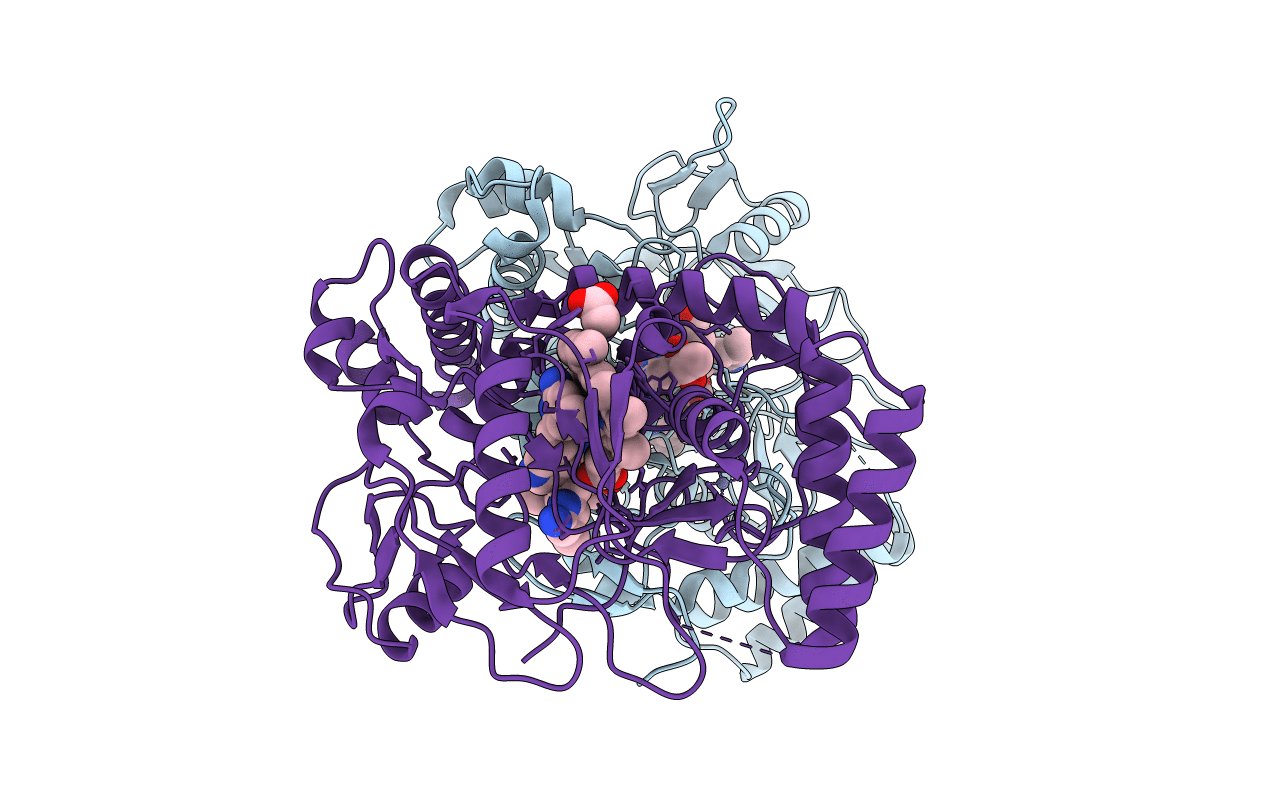
Deposition Date
2014-03-15
Release Date
2014-05-07
Last Version Date
2024-10-16
Entry Detail
PDB ID:
4CU1
Keywords:
Title:
Structure of bovine endothelial nitric oxide synthase heme domain in complex with 6-[(2S)-3-amino-2-{5-[2-(6-amino-4-methylpyridin-2-yl)ethyl]pyridin-3-yl}propyl]-4-methylpyridin-2-amine
Biological Source:
Source Organism:
BOS TAURUS (Taxon ID: 9913)
Host Organism:
Method Details:
Experimental Method:
Resolution:
1.89 Å
R-Value Free:
0.20
R-Value Work:
0.16
R-Value Observed:
0.17
Space Group:
P 21 21 21


